Taking the initiative
The attacker controls the rhythm of the exchange and forces the opponent to defend.
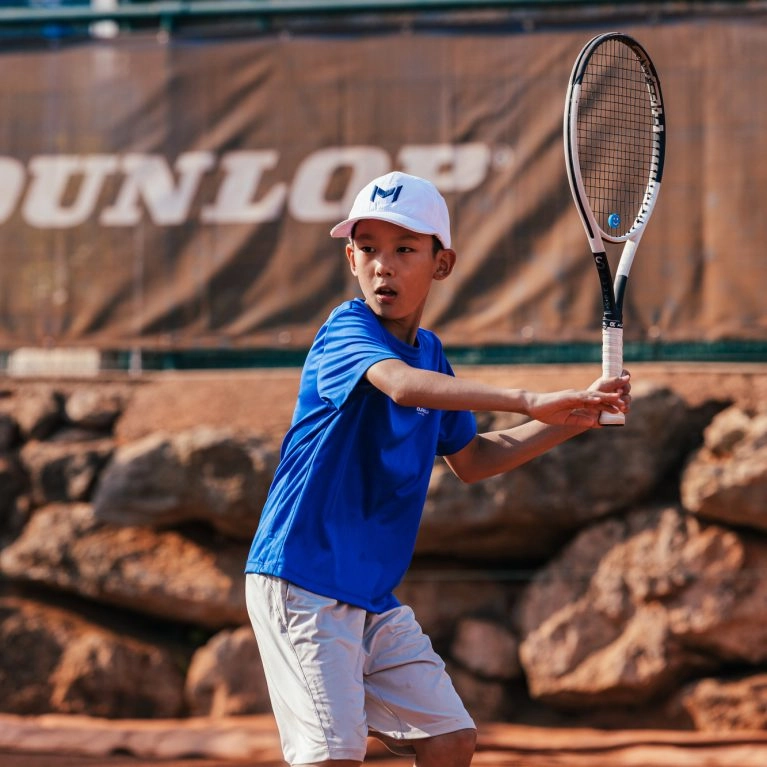
The attacking forehand is one ofthe most feared shots in tennis, as it allows you to take the initiative in a rally and put your opponent under pressure. This shot requires not only excellent technique, but also good decision-making to know when and how to use it. In this article, we’ll look at the key aspects of a successful attacking forehand by improving power, placement and timing. Follow our advice to turn your forehand into a formidable weapon. Improve your forehand attack with a tennis clinic offered by the Mouratoglou Academy.
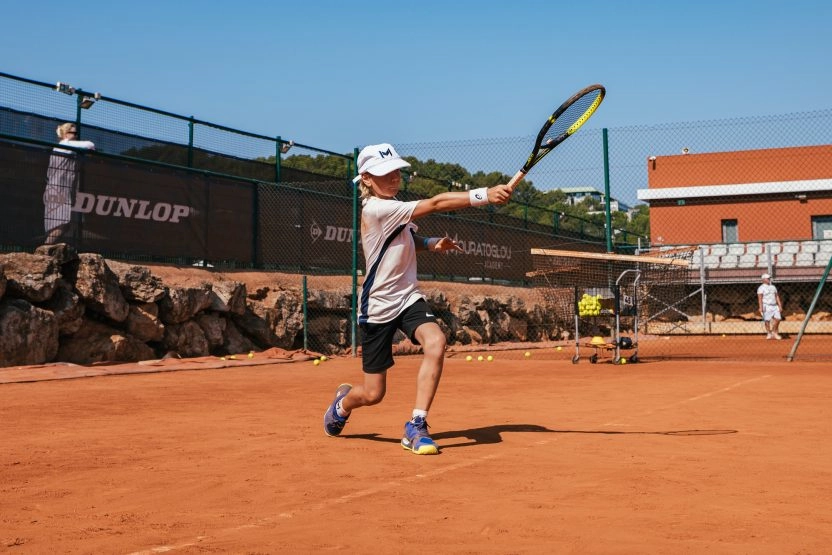
The attacking forehand is an aggressive shot designed to take control of the rally and push the opponent into error or to destabilise him. It is often played after an opponent’s short ball, which makes it possible to dictate play by hitting the ball with force and sending it into an area that is difficult to reach.
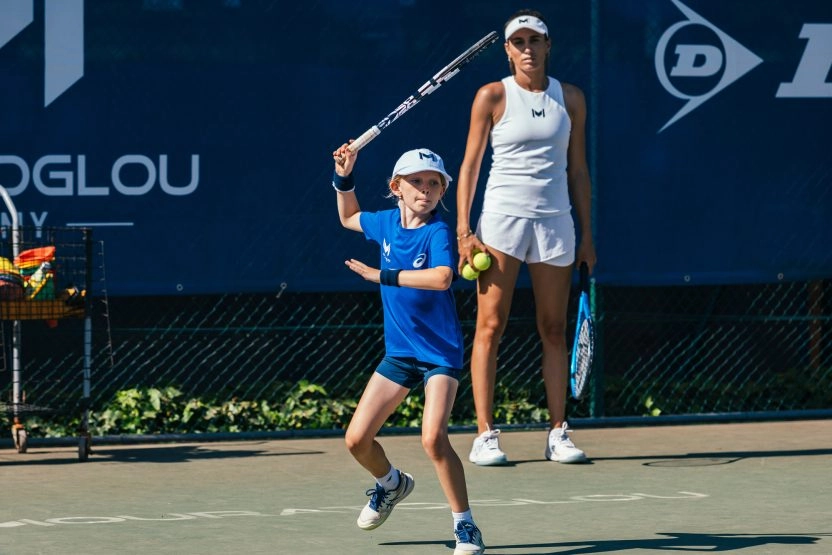
Positioning is crucial to the successful execution of an attacking forehand. Here are the essential steps:
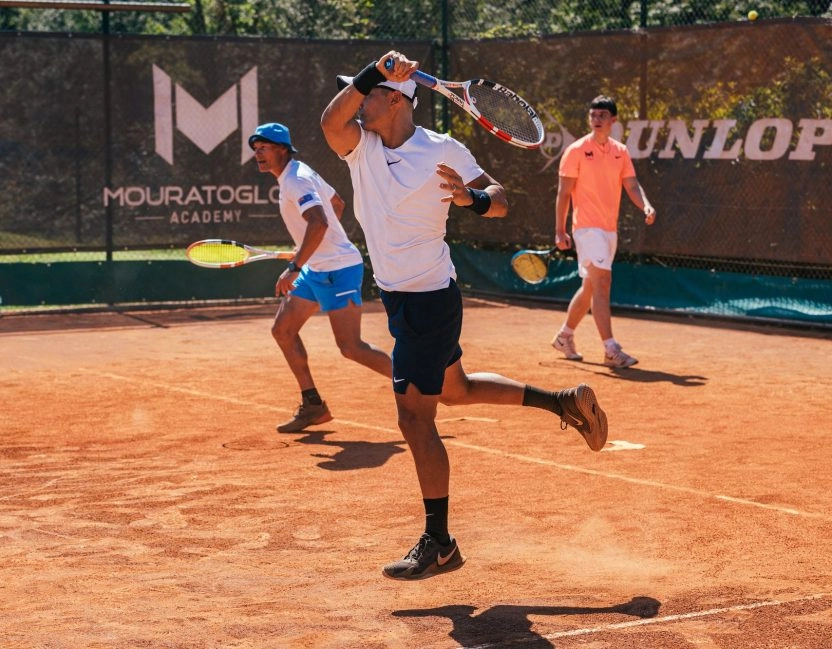
Striking an attacking forehand requires great precision:
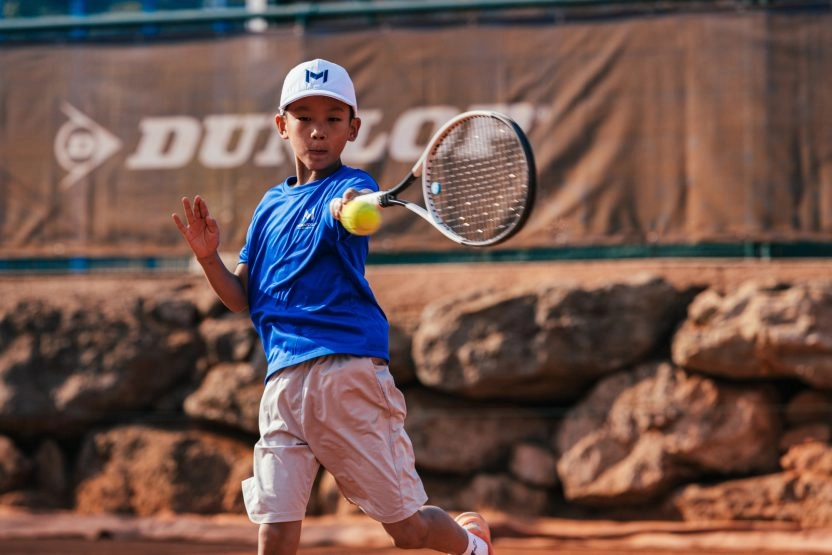
Placement is just as important as power. The attacking forehand should be aimed at the areas where your opponent is most vulnerable:
One of the most common mistakes is not preparing well enough in advance:
Hitting the ball behind you is a common mistake:
Balance is essential for a good attacking shot:
The attacking forehand is a powerful weapon that can tip a rally in your favour if you master the technical aspects such as positioning, hitting and placement. By incorporating specific exercises into your training, you can improve your attacking forehand and surprise your opponents with powerful, accurate shots. Be aware of common mistakes, such as lack of preparation or poor balance management, and constantly work on your anticipation to maximise the effectiveness of this offensive stroke.
Where would you like to go?
France
Mouratoglou Academy, Biot, French Riviera, France

NORTH AMERICA
LATIN AMERICA
EUROPE
ASIA
MIDDLE-EAST & AFRICA
Who would you like to contact?
FRANCE
Mouratoglou Academy, Biot, French Riviera, FRANCE

NORTH AMERICA
LATIN AMERICA
EUROPE
ASIA
MIDDLE EAST & AFRICA